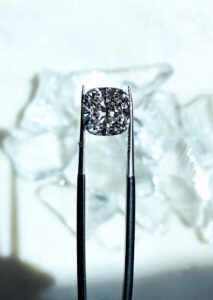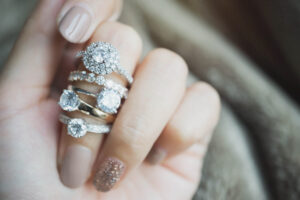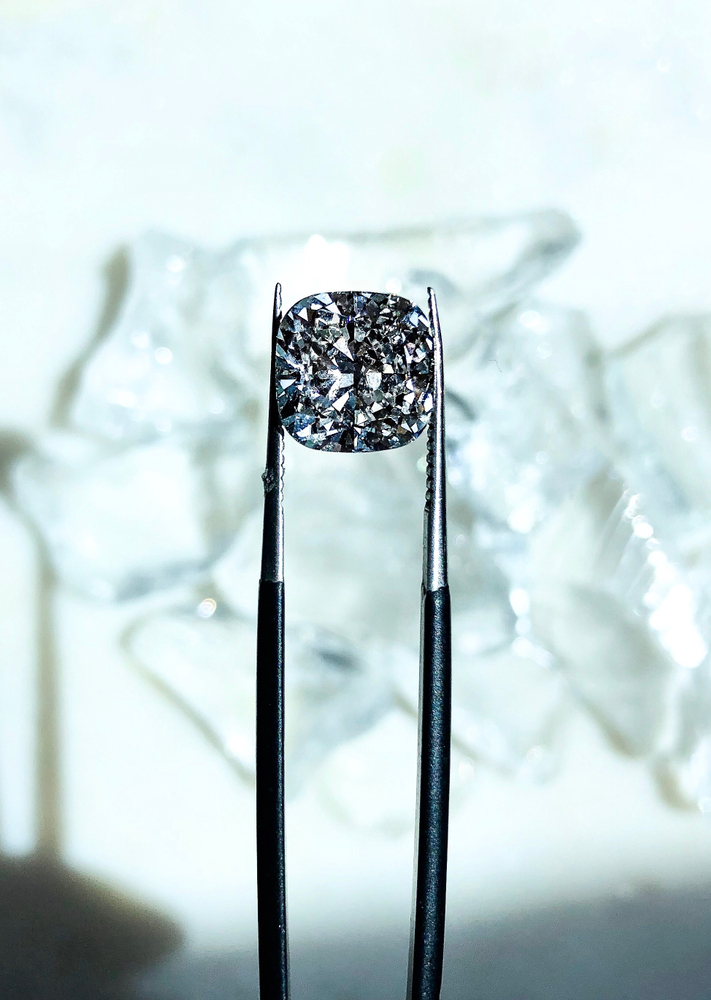
Lab-grown diamonds, which are created from the same carbon as conventional earth-mined diamonds, allow customers to concentrate on the diamond’s brilliance at a lower cost. Diamonds created in a lab are 20-40 % less expensive than diamonds extracted in the traditional way. Another advantage is that lab-created diamond rings can be purchased in the same clarity, carat weight, cut, and color as traditional diamond rings.
Lab-grown diamonds are usually generated at a rate of one carat each seven to ten days using the HPHT or CVD method. In around one month, a three-carat diamond can be produced. Buying a lab-grown diamond is a great step and you need to be careful. This guide will help you to familiarize yourself with the steps that could help you in buying a lab-grown diamond ring.
Know Your Budget
You’ll know what exactly to look for if you establish a budget from the beginning. Bigger diamonds with superior quality will always be available. Don’t overdo it, and stay within your comfort zone. Look for the most beautiful gemstone you can purchase. The size of the stone, the clarity, and the color will all be influenced by your budget.
Select A Carat Weight
The carat weight is undoubtedly the most significant factor to consider when purchasing a diamond, owing to its powerful WOW effect. If you have a budget, you’ll know whether you have enough money to pull off this WOW impact, but don’t forget to do some snooping and figure out what your partner’s minimum expectations are. Realize that you don’t want to let your partner down. Some couples choose the diamond together; in this situation, you can directly inquire.
Select A Diamond Shape

When “spying,” you should also learn what diamond form your loved one prefers. Naturally, this is a personal preference. Some people favor the traditional round brilliant cut, while others favor unusual shapes like a lovely princess cut, oval cut, pear cut, cushion cut, or others.
Select The Best Clarity Grade
When picking a diamond, keep in mind that some imperfections are imperceptible to the naked eye, while others are obvious. Depending on your budget, you may be able to find a lower clarity diamond with defects that are invisible to the human eye. You’ll save money this way, which you may put towards a bigger diamond with more color. When purchasing a diamond, clarity is a crucial consideration. When using a magnifier in the shop, an inexperienced buyer will not always perceive the diamond’s defects.
